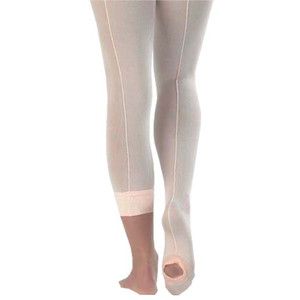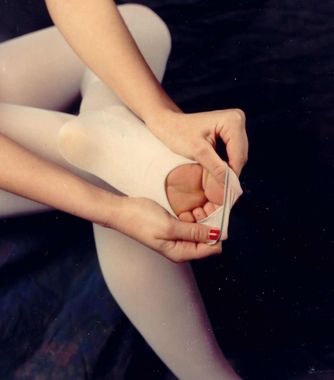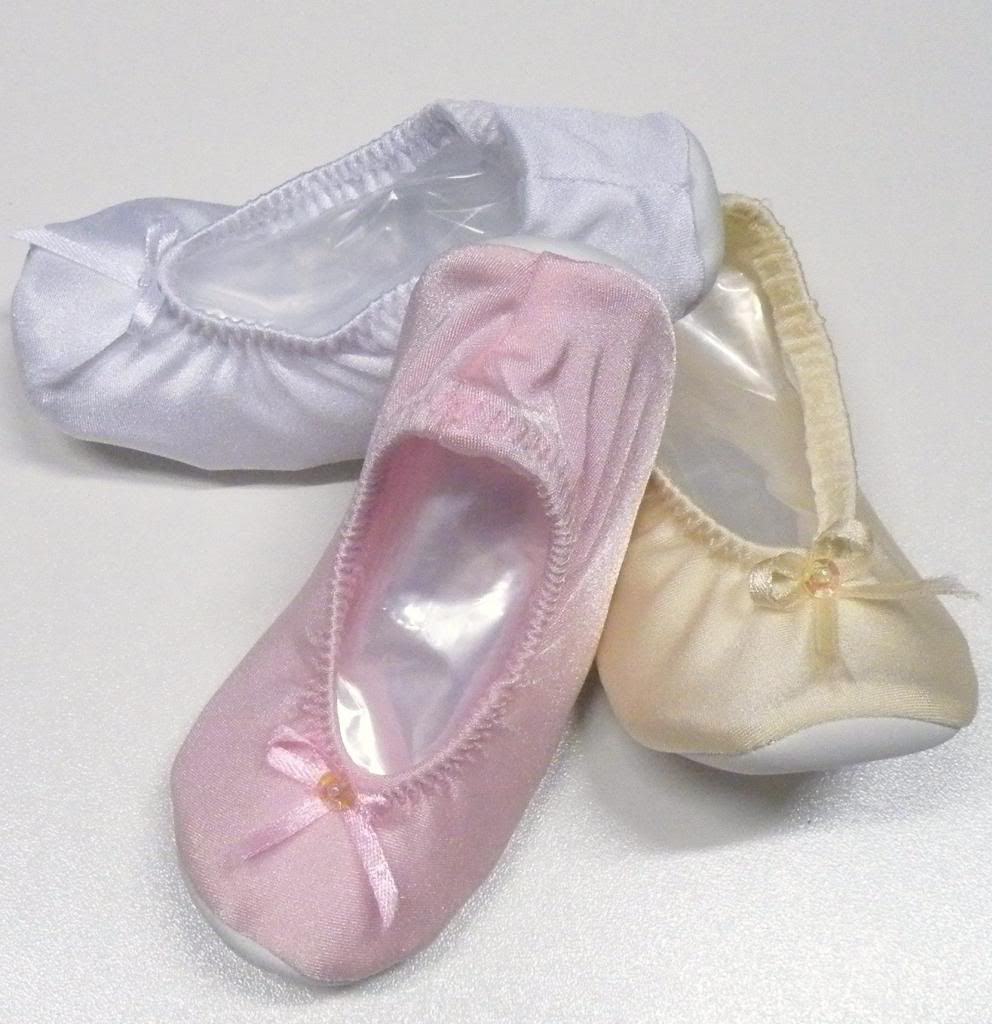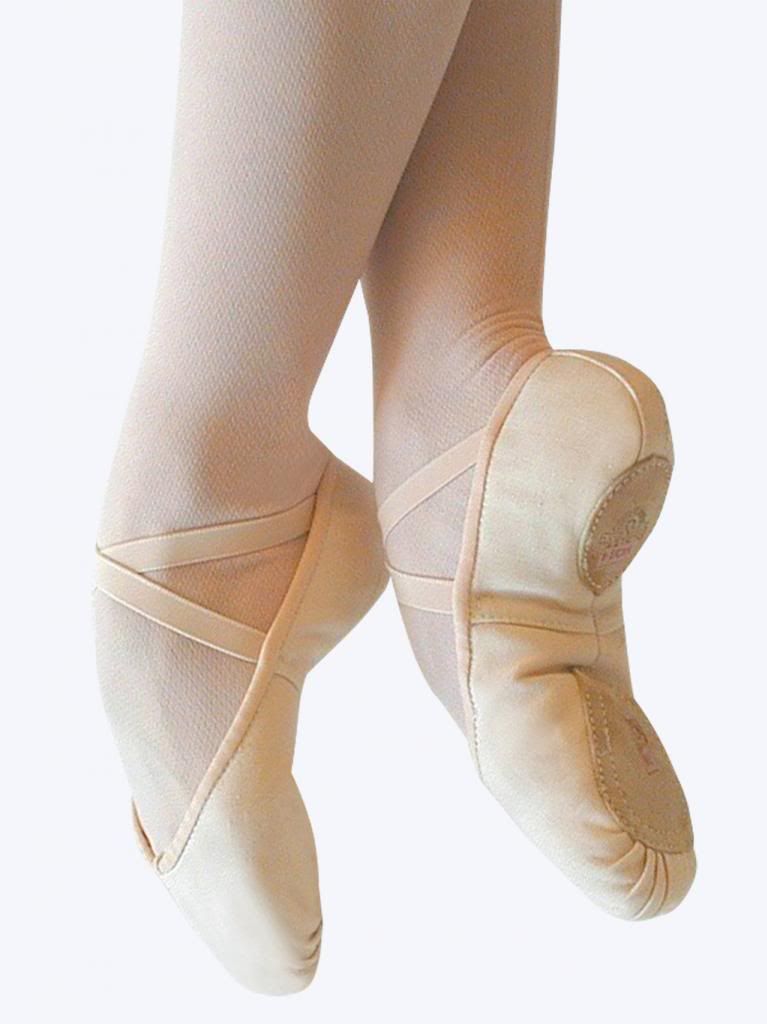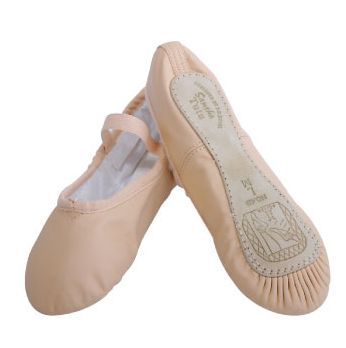 |
| Josh Schwartz -Portland Festival Ballet |
Are guys tights the same as girls? What should they wear on top? And what the heck is a dance belt??
Men's dance wear can be almost as difficult to navigate as women's. To add to the mystery, some studios may one have one or two young men dancing there. You don't always have the option to ask a more experienced dancer or another mom for guidance with the gear.

Dance Belts
First, what's a dance belt and does my dancer need one? (Girls, look away. We're gonna get kind of personal here.)
A dance belt is a support garment worn like underwear. It keeps the genitals up, out of the way, and firmly packaged so there is no unnecessary movement or danger of being aggressively pinched while dancing. It also helps to 'smooth things out' so that they are not so exposed in their tights. They're generally worn by dancers who have already reached puberty or are close to it. If you have a very young dancer (under 10 or 11) he probably doesn't need one yet. Snug underpants will do just fine.
Dance belts are usually sold by waist size, in black, white or nude, and you should purchase the color closest to (but not lighter than) your dancer's skin tone. They have a wide waist band, a frontal 'pocket' and a thong back. They should fit snug but not tight. Nothing should be able to move without his permission.
They're meant to be worn at the natural waist, with the thong back seated firmly between the cheeks. Last, your dancer should 'scoop and lift' himself into the pocket so that everything is pointed up towards his belly button. This should create a smooth (and not distracting) bump in the tights.
Men's Tights
Men's Tights are NOT the same as women's. I can't say that enough. They would be more aptly called men's footed leggings. They are not sheer and are meant to be worn as pants. Older dancers generally prefer microfiber tights like M. Stevens or similar brands.
Tights should be worn at the natural waist with the crotch pulled up snug against his body. The rear seam should be settled snug against his behind (noticing a trend yet?) Tights that are not pulled up completely can create a kind of "webbed" effect in the crotch and limit the movement of his legs.
It can be very difficult to find boy's tights for very small boys. Some studios will allow little guys to wear leggings rather than tights, as these can be found in the girls department at most major stores. (Just don't tell him where you found them! *wink wink*)
Most dance schools prefer black tights for young men.
On Top
There are a few choices here, depending on what your studio and your dancer prefer. The important thing is that whatever he chooses to wear on his top half should be form fitting to keep the lines of his body visible.
Some young men wear a snug athletic shirt (like Under Armour or similar brands) or a fitted white tank top like the ones worn under a dress shirt.
Your studio may require a leotard for their young men. Very young boys can get away with a unisex leotard from the dance shop. Young men who are into puberty will need a men's leotard. They have a slightly different cut and will generally have a thong back. This will keep the leotard in place, but offers no support or coverage, so a dance belt should still be worn.
Most studios prefer young men to wear white on top.
Shoes
Men have all of the same options for shoes as women. Leather and canvas, full- and split-soles. Boys usually wear either black shoes directly over their black tights, or white shoes with thin white socks.
**Some studios have very specific dress codes, so always ask before you start shopping!
Veteran moms of boy dancers, what do you wish someone had told you when he started dancing?
